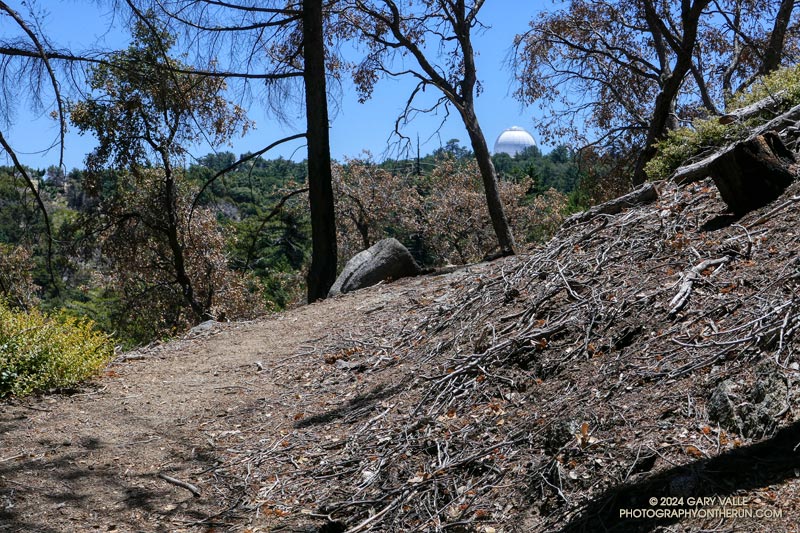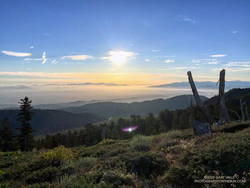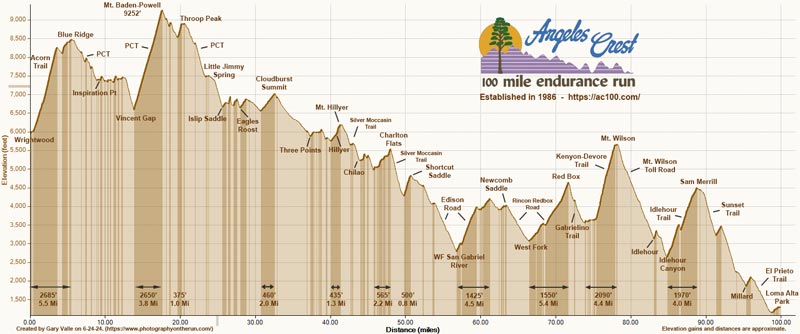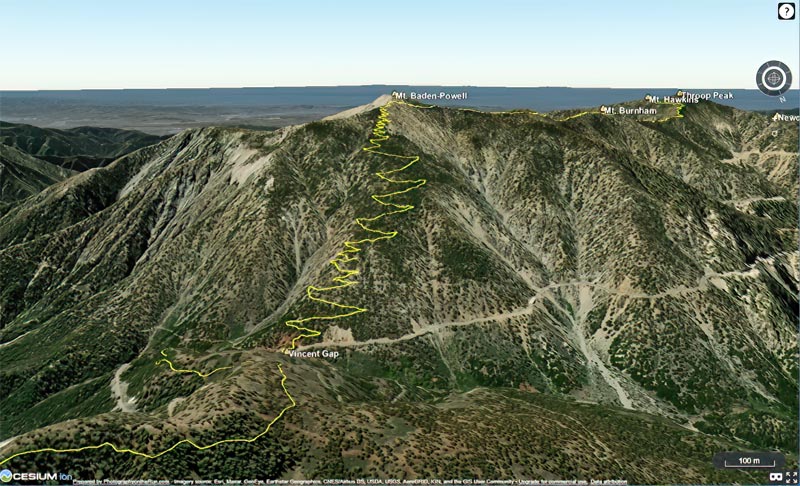
First published on June 30, 2015. Updated July 8, 2024.
August 3rd runners from near and far gather in a small parking lot in Wrightwood, California, to start the Angeles Crest 100 Mile Endurance Run (AC100). Begun in 1986, the AC100 is one of the original five 100-mile U.S. endurance races. It has endured fires, floods, the Covid-19 pandemic, and changing trail restrictions.
There’s a tradition of running grueling endurance races in the San Gabriel Mountains. The Big Pines Trail Marathon was one of the first organized mountain ultramarathons in the U.S. First run in August 1934, its course used some of the same trails that AC100 runners enjoy today.
The AC100 is not like a road marathon. It is an entirely different kind of running event and an entirely different kind of running experience. The 2024 L.A. Marathon had about 25,000 participants. About 1/100th of that number — around 250 runners — are expected to start the AC100.

For many, one of the primary reasons for running the AC100 is to be fully immersed in the beauty and majesty of the San Gabriel Mountains. Runners start at 5:00 a.m., ascend the Acorn Trail, and as the sun rises, find themselves above 8000′, reveling in the spectacular views from Blue Ridge.
Even at this early stage of the race, the field is already becoming dispersed. By the time runners reach the first checkpoint, nine miles into the run, there is an hour spread between the first and last runner. Unlike a road marathon, much of the time a runner in the AC100 will be alone.
This year’s course returns to a point-to-point format, ending in Altadena. Because of damage to the Chantry Flat area by the Bobcat Fire, runners will bypass Chantry and ascend Mt. Wilson using the grueling Kenyon-Devore Trail, returning to the traditional course at the Mt. Wilson Toll Road above Idlehour.
As a result of this frequent storms the past two Winters, many trails have been damaged or blocked by trees and debris. Ultrarunners not only spend many hours enjoying the trails in our local mountains but also do hours of trailwork that helps keep trails open and usable for everyone.
This elevation profile for the 2024 AC100 course was created in SportTracks from a GPX file provided by the event organizers. The elevation profile was corrected using 3DEP 1-meter Lidar-based DEMs. A conservative elevation data smoothing setting was used, resulting in an estimated cumulative gain of about 17,890′ and loss of 22,550′. The actual gain and loss are probably a bit more. Placemark locations, mileages, and elevation gains and losses are approximate. The elevation profile can be downloaded from the Course Overview page on the AC100 website.

In addition, here is an interactive, high resolution, 3D-terrain map of the 2024 Angeles Crest 100 Mile Race. It is based on the course GPX file downloaded from the AC100 website. The view is initially zoomed in on the climb up Mt. Baden-Powell. To change the view, use the control on the upper right side of the screen. Track and placename locations are approximate and subject to errors.

Here is another high resolution view of the Shortcut Saddle – Red Box – Mt. Wilson section of the AC100 course.
See the AC100 website for official information and details.
